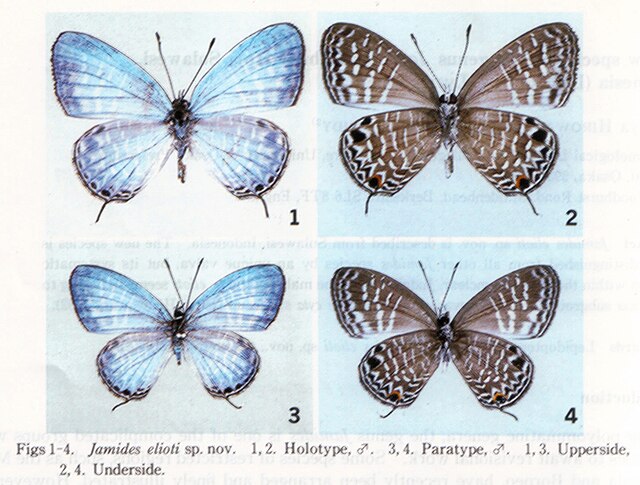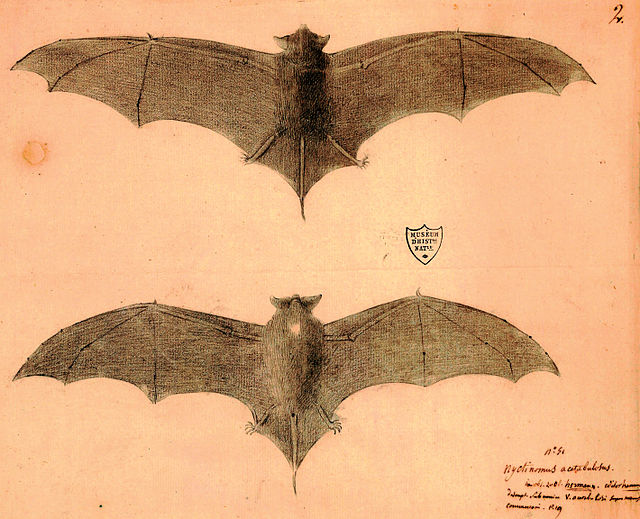A species description is a formal scientific description of a newly encountered species, typically articulated through a scientific publication. Its purpose is to provide a clear description of a new species of organism and explain how it differs from species that have been previously described or related species. For a species to be considered valid, a species description must follow established guidelines and naming conventions dictated by relevant nomenclature codes. These include the International Code of Zoological Nomenclature (ICZN) for animals, the International Code of Nomenclature for algae, fungi, and plants (ICN) for plants, and the International Committee on Taxonomy of Viruses (ICTV) for viruses. A species description often includes photographs or other illustrations of type material and information regarding where this material is deposited. The publication in which the species is described gives the new species a formal scientific name. Some 1.9 million species have been identified and described, out of some 8.7 million that may actually exist. Additionally, over five billion species have gone extinct over the history of life on Earth.

Original title page of Linnaeus's Systema Naturae, published in 1735.
In biology, a type is a particular specimen of an organism to which the scientific name of that organism is formally associated. In other words, a type is an example that serves to anchor or centralizes the defining features of that particular taxon. In older usage, a type was a taxon rather than a specimen.
Type specimen for Marocaster coronatus
A gossamer-winged butterfly, Jamides elioti: 1) dorsal and 2) ventral aspect of holotype, 3) dorsal and 4) ventral aspect of paratype
Type illustration of Mormopterus acetabulosus
The common toad, Bufo bufo described by Linnaeus, is the type species for the genus Bufo





